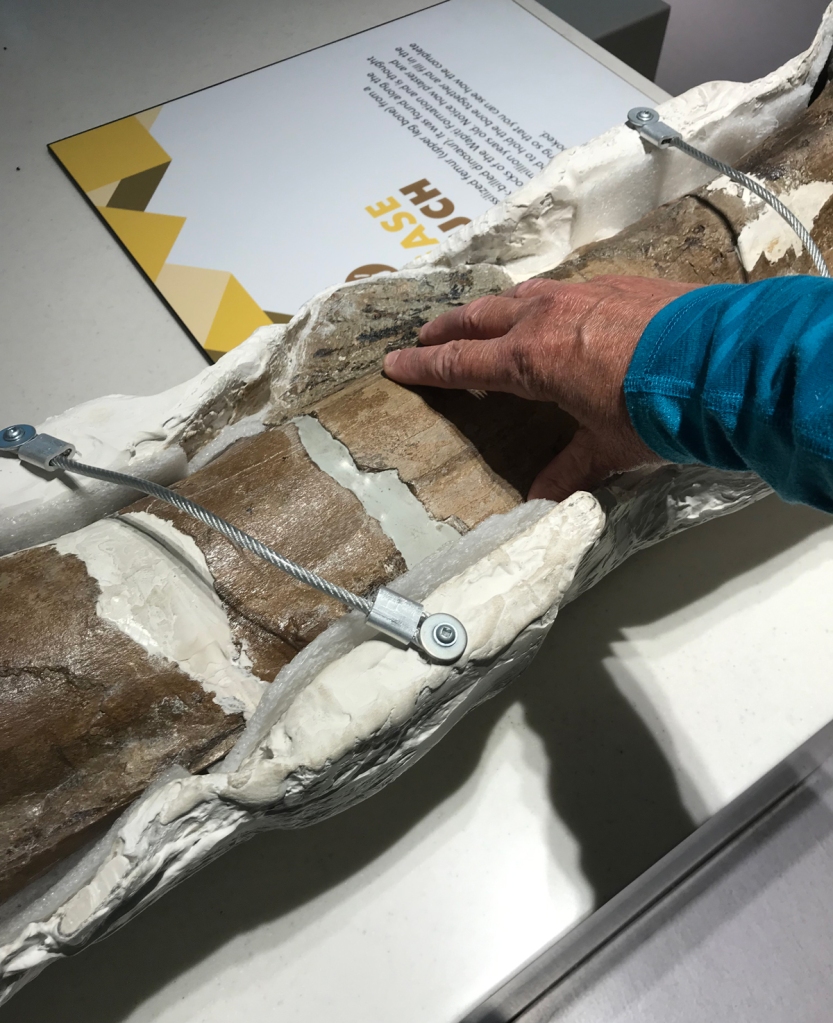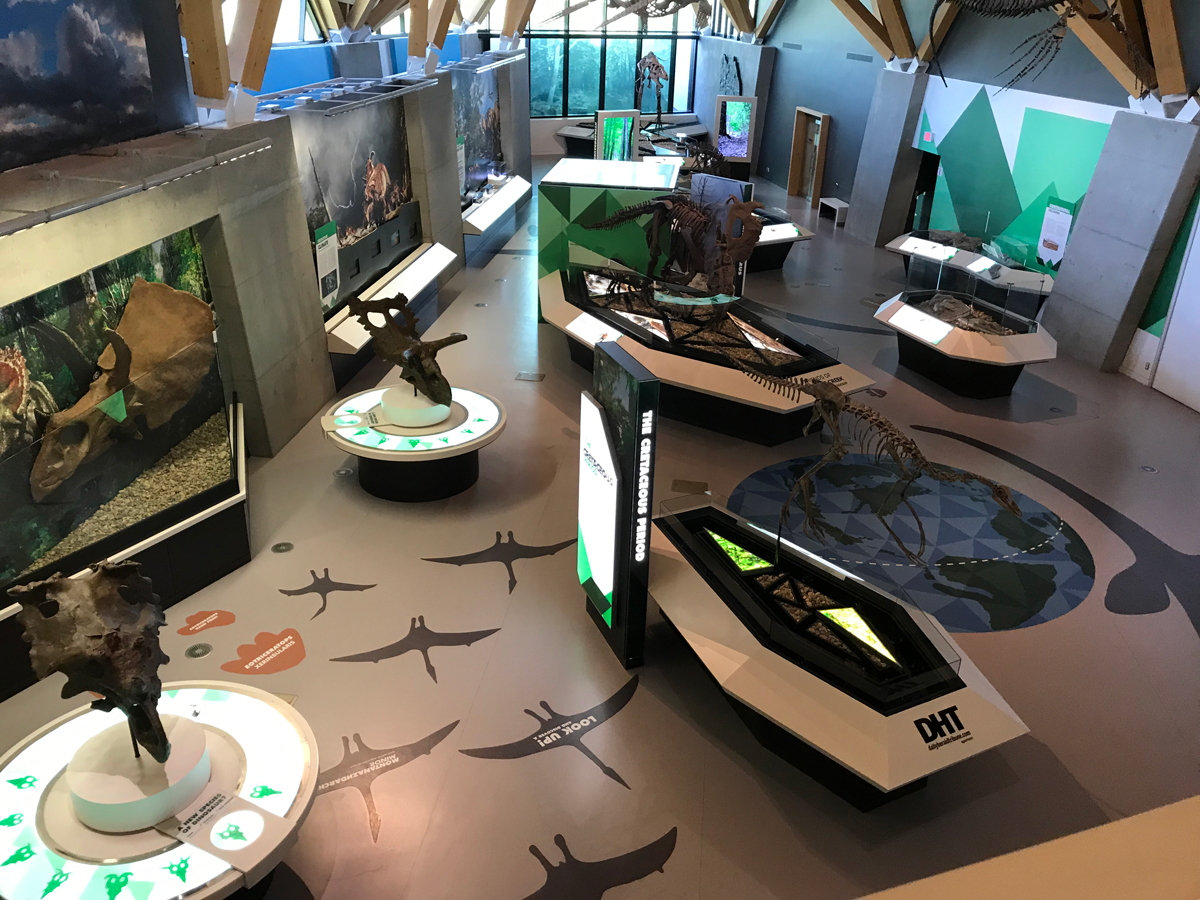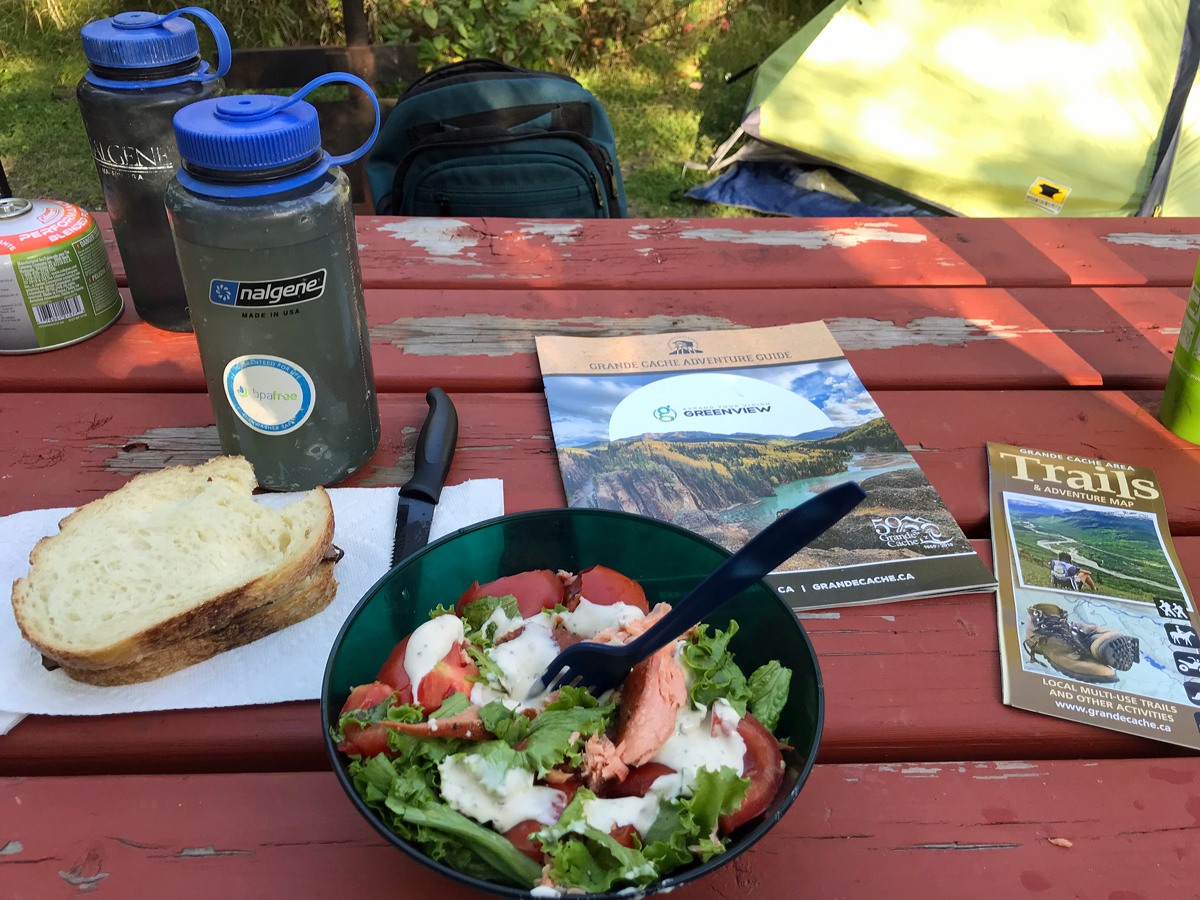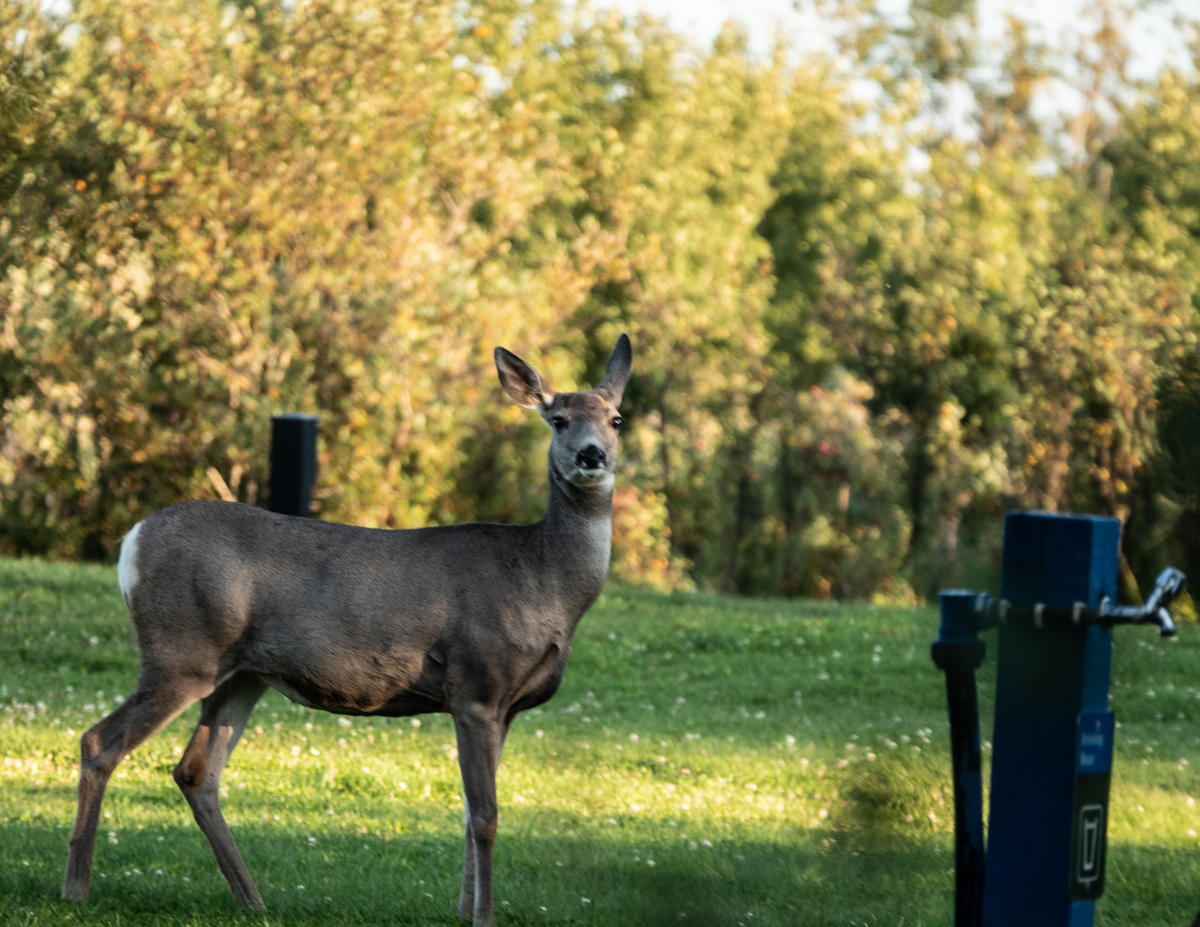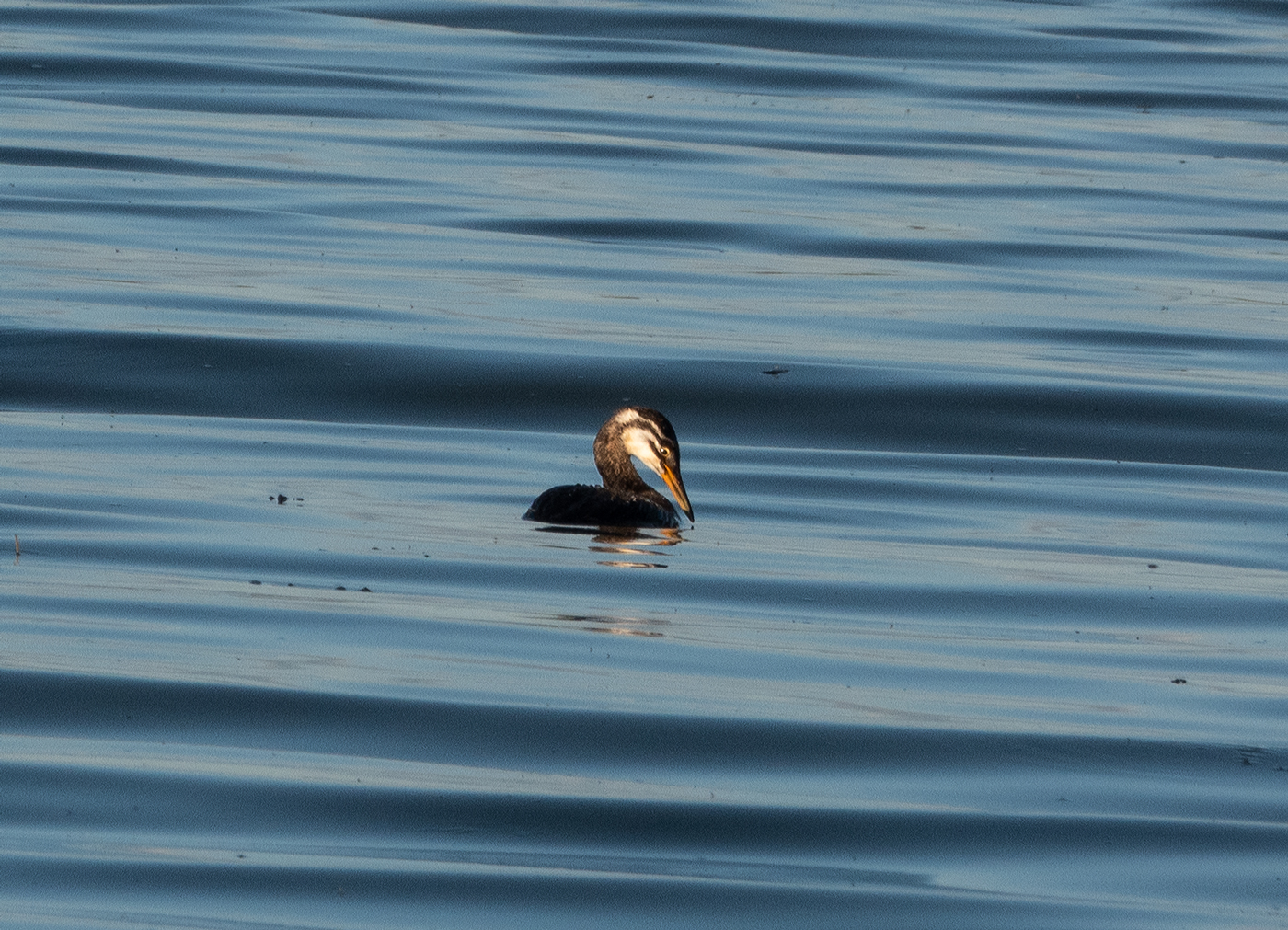I no longer apologize for being a horse of a different color. You try to pass when you’re younger, but eventually, you have to come clean and just be yourself. One former friend hauled off on me in the fjordlands of New Zealand, demanding to know why I couldn’t just paddle a kayak like everyone else. Why did I have to ponder the history of boating and the physics of wind and waves meeting hull shape?
Even a few years ago, a project manager asked me in genuine curiosity, “Why don’t you just sit on a nice beach? Just relax? Why do you go to these places and do these things?”
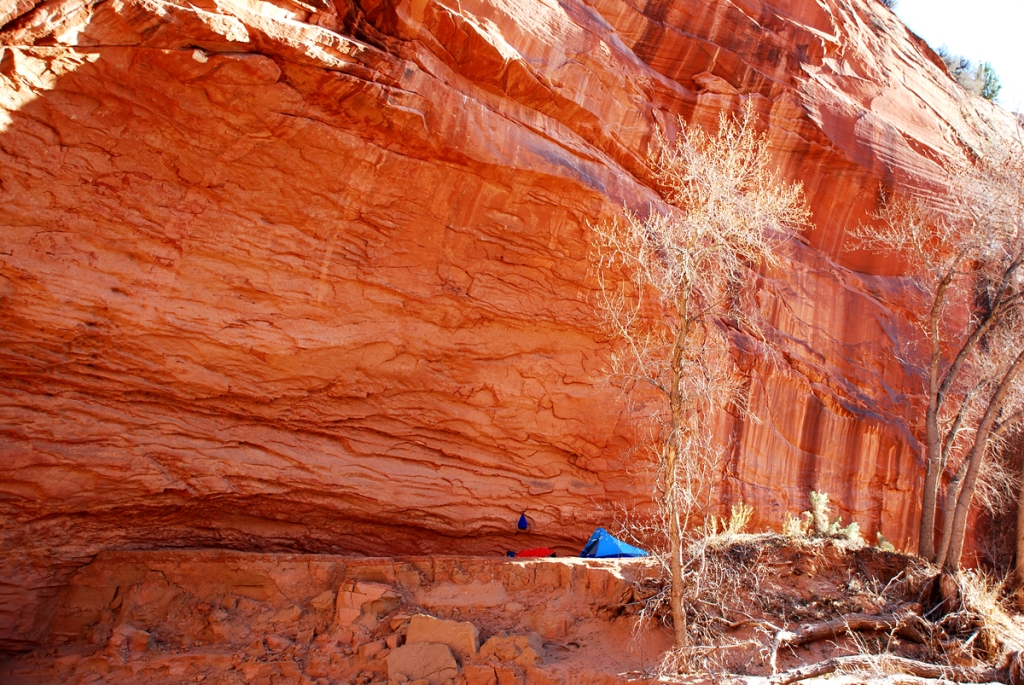
I have realized road tripping is my beach time. It’s an old habit from the days I rode a school bus 35 miles from Grand Portage to Grand Marais along Lake Superior in northern Minnesota. We moved there from Chicago when I was too old to fit in. Reading and doing homework made me a target of ridicule, but tuning out and daydreaming did not. So I rode each way every day gazing out the window, faraway on an imagined adventure.
I road trip to relax today, stopping at places that help me piece together a picture of the world. I am not thinking about relationships or careers; I’m weaving a tapestry. I’ve road tripped mostly in the U.S., but also Mexico, Canada, Costa Rica, France, and New Zealand.

I won’t apologize for my personality anymore, but I am swallowing a heavy dose of catholic guilt as climate change gathers like thunderclouds. I drove a fossil fuel burning car thousands of miles, sailing past oil derricks and active gas pads, as Greta Thunberg sailed to the U.S. to share young people’s frustration with our inaction.
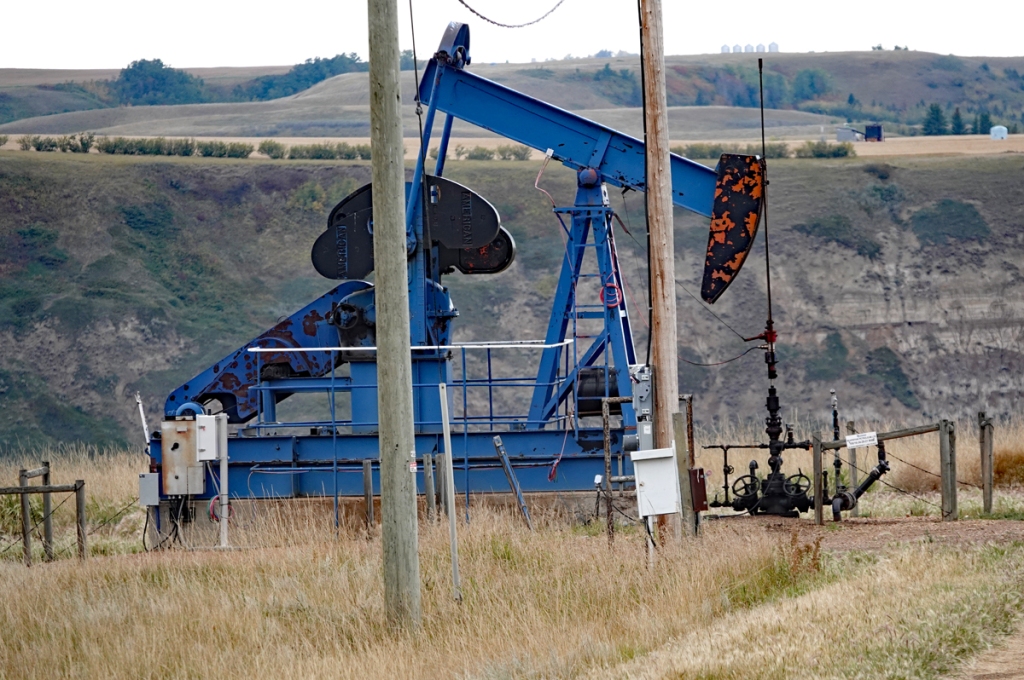
The fact is, I would not be taking that trip in an electric vehicle without more infrastructure. There are charging stations in Alberta, including one in High Level. But there are none in Northwest Territories. And a bus to where I was going? Nope.

If a hybrid or EV broke down, I’m not sure if any of the few service stations along the way could fix it. Not going there is really the only carbon-saving option right now. Not traveling far may be our only option in the future, as it was in the past.

On my second driving day, I needed to get from Blue River, BC to Saskatoon Island Provincial Park, west of Grand Prairie. I intended to be efficient driving so that I could visit the Philip J. Currie Dinosaur Museum before setting up camp. Fill up the tank, stop for lunch, stretch legs as needed, but keep moving.As usual, that was wishful thinking.

I guess I would be more subject to highway hypnosis if I were less distracted along the way. Something catches my eye and I’m out of the car investigating. The dramatic uplift in Jasper National Park caught me first. I camped there a couple years ago and hiked the park, a geologic preview of my current trips.
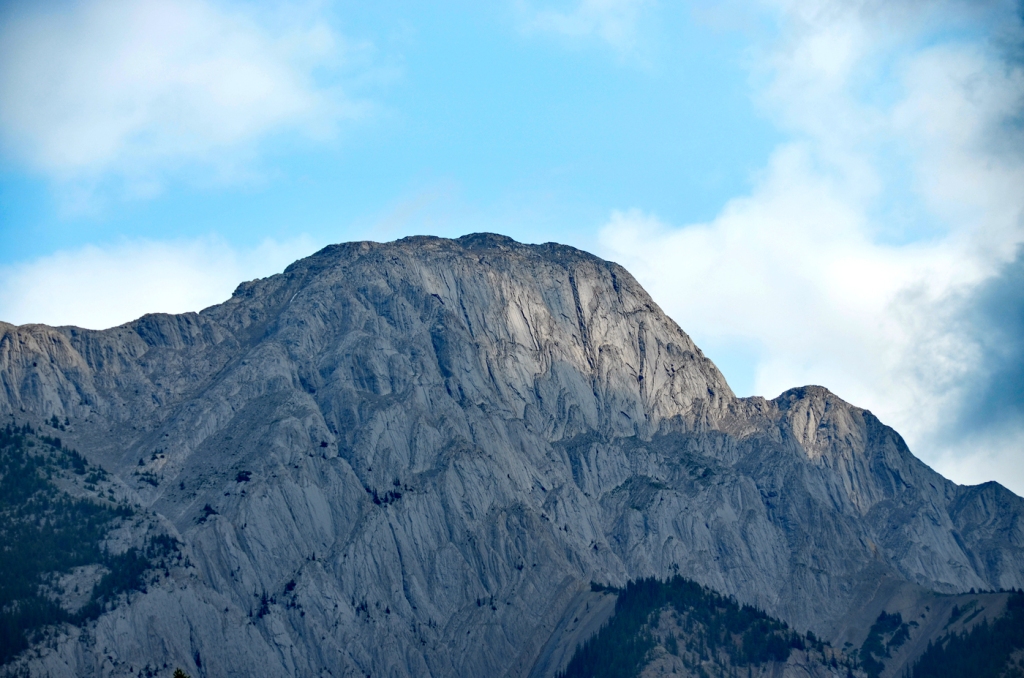
As you drive from West to east, you trace the fallout from subduction events that lifted the Rocky Mountains and drained an ancient tropical seaway. The warm, swampy wetlands and estuaries yield coal today; gas and oil come from ancient marine reefs.


I stopped in Hinton, Alberta to fuel up and stop at Freson Bros. for groceries. On a trip to Jasper and other Alberta sites, I stayed at the Hinton KOA and found Freson, passing by the big chain stores. It is a great place to shop, featuring Alberta products throughout the store. Then there this great mascot outside to greet you. This time, I stocked up on salad fixings and even found smoked salmon, something I couldn’t make this year because our salmon run never happened.
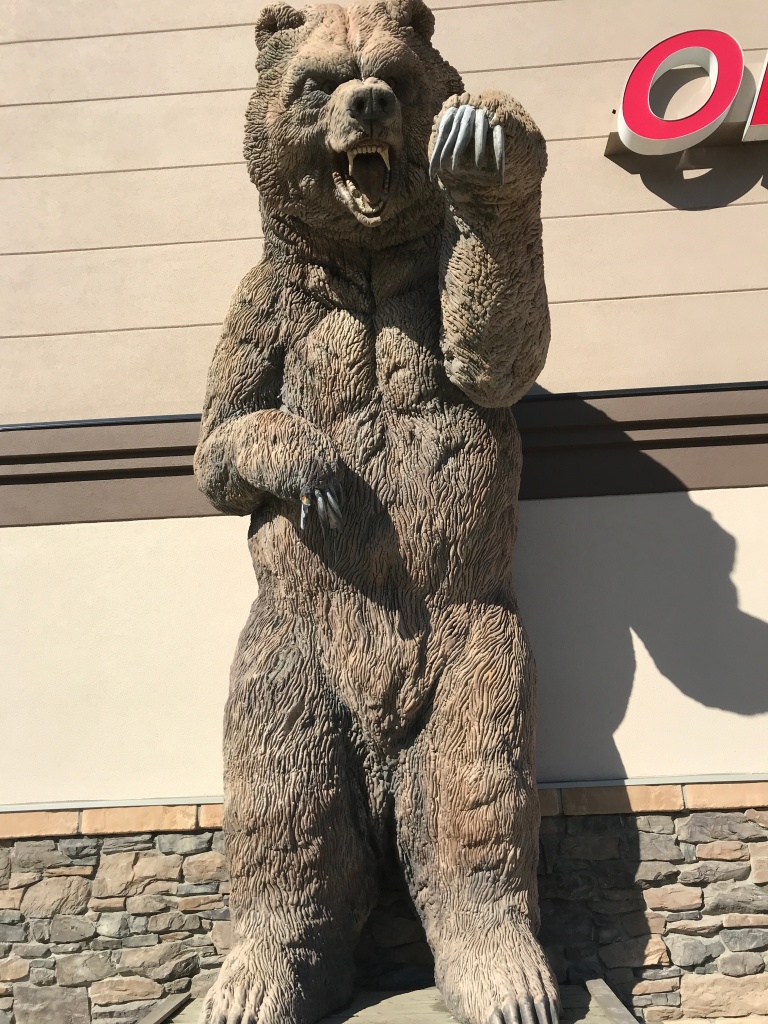
After my grocery stop, I turned north on the scenic Alaska Highway, running somewhere along the shores of the ancient seaway. I didn’t do any better making up time because I started seeing wildlife signs- for caribou! I’ve never seen caribou before, and wasn’t super hopeful they would be wandering the road in the middle of a nice fall day.

I found information at a pullout by the Big Berland Provincial Recreation Area. This lovely area has camping among spruce and aspen along the Berland River, close to Willmore Wilderness Park. Anglers fish the Berland. This is definitely a place I want to go to in the future.

Caribou do migrate through this area, but in a different season. I caught up with more information when I reached the Grand Cache Tourism and Interpretive Centre. This is where I started to really get into the trip, greeted outside by a sculpture created by inmates at the Grand Cache Institution.

There was information about the Caribou Patrol, which is trying to reduce caribou deaths on Highway 40, and about caribou biology. I started thinking a stop at Big Berland would be good to add to a return visit to Blue River and Jasper; maybe I would see caribou for the first time.
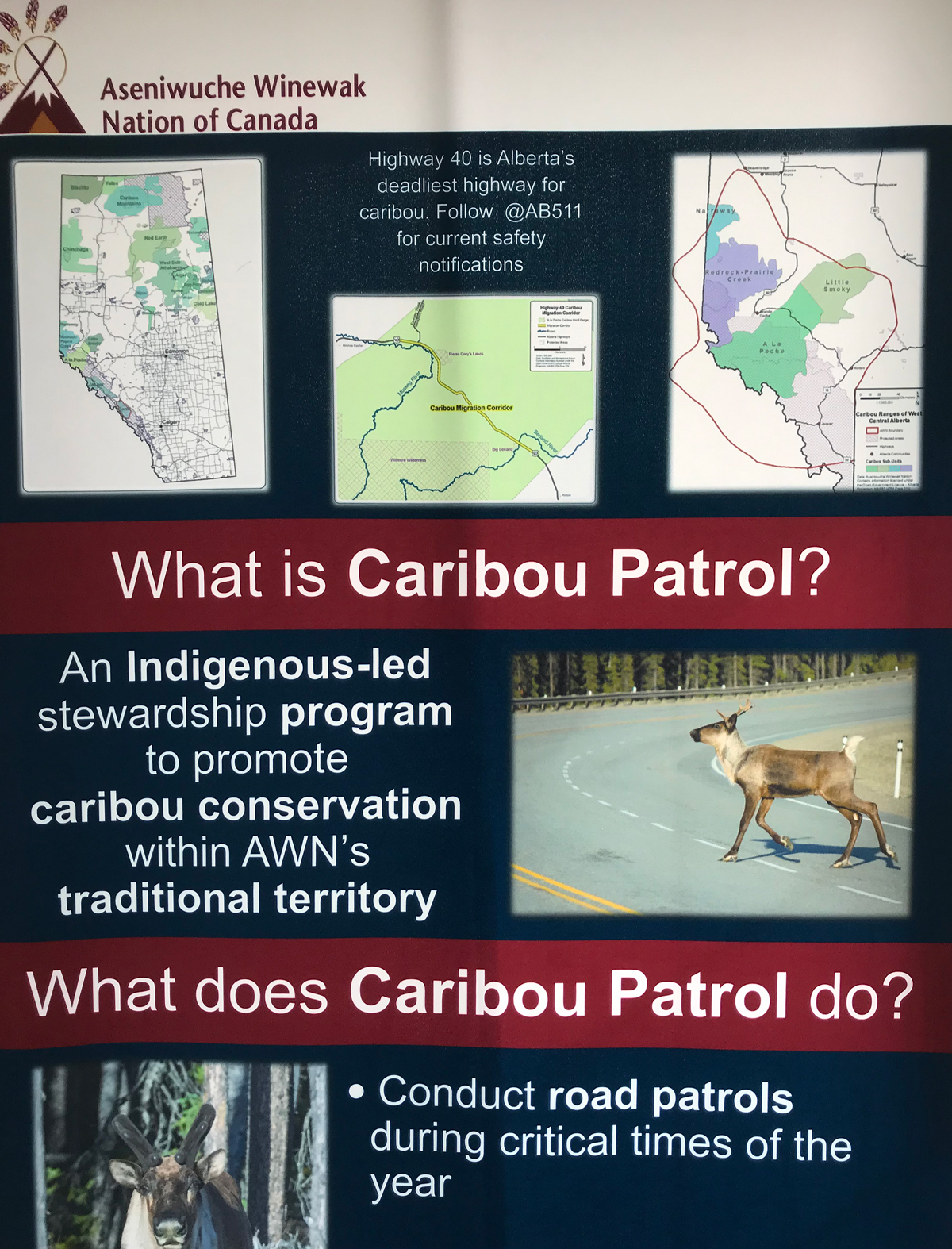

The significance of the Grand Cache/Grand Prairie area in my journey is best summed up in this video about the area’s ancient secrets. It includes scenes from the Philip J. Currie Museum, where I was headed.
I made it to the Currie Museum in time to peruse the exhibits and pick up a few gifts (T. rex earrings for me) before it closed for the evening. The Currie Museum has great dioramas and even video (some of them a little gruesome, complete with screaming prey dying off screen). The museum is highly interactive, and staff are super friendly. The person who manned the reception desk and gift shop laughed when I told her the story of the Milk River dino that needed a hat to stop scaring kids.

“Oh, we had that when we opened,” she said. “We used to have animatronic dinosaurs on each side of the door. You would enter, and one would turn its head to look at you. Then the other would scream. Yeah, that didn’t last.”
But the best part for me- well, I got to touch a real fossil. I have found the last couple of years that I can be totally happy just sitting in the presence of fossils, trying to grasp vast time and imagine bones articulated, covered in tissue, and moving a live animal through the landscape. I’m good with the screaming.
Then it was time to head to nearby Saskatoon Island Provincial Park to find a campsite.
Saskatoon Island has a walk-in tent camping area right by the lake. I felt like Goldilocks wandering through to find the best site. I was the only one in that section. I found a nice little private site, set up, and had a quick dinner before checking out the trails. I found waxwings, deer, a rabbit, ducks. I heard kingfishers somewhere. I did not find one of the moose they warn you about that evening. No, it wasn’t until I tried to sneak down to the water after dark to see if the aurora was out that I had stepped into the path of a moose. Fortunately, it let me scramble back up the path to my tent.
The trip was settling in now. Maybe setting up the tent made it real. Or the first museum visit. I had that “really away” feeling- finally.


